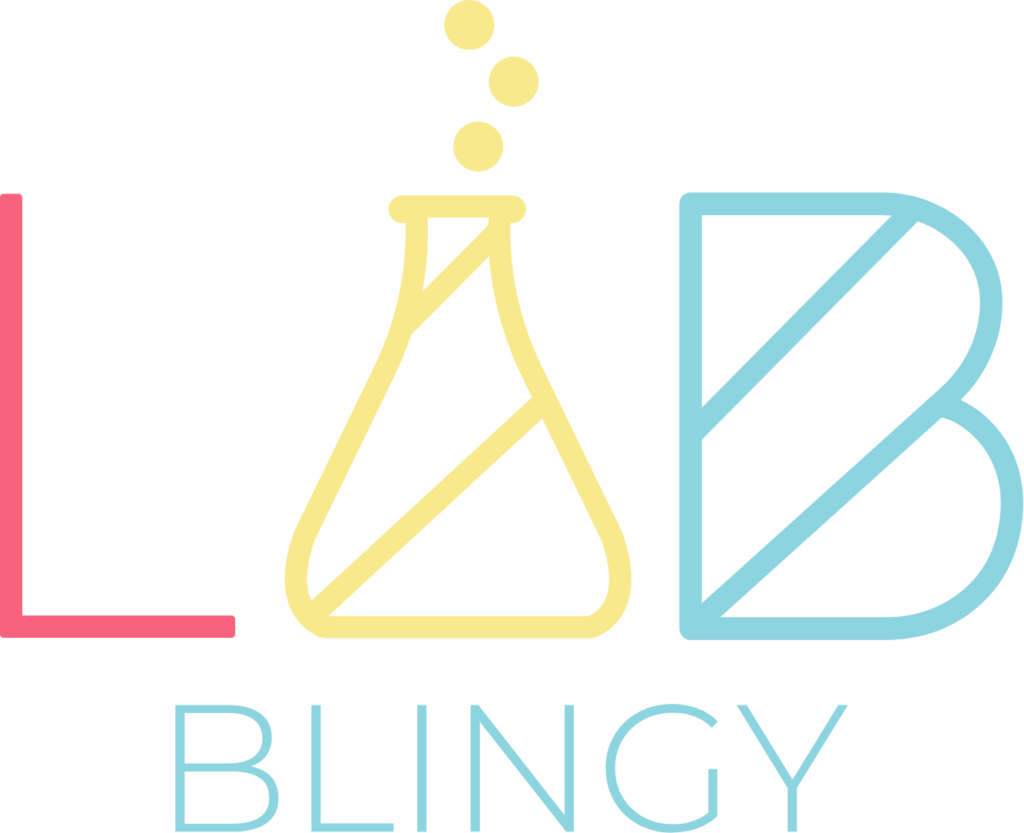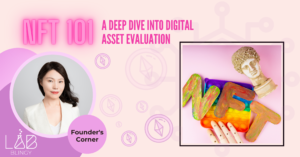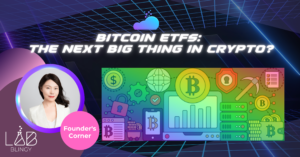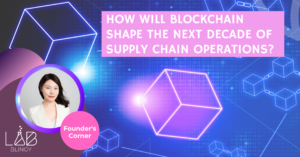Cardano is a top 10 cryptocurrency by market capitalization. It is a blockchain platform that facilitates decentralized applications based on smart contracts. Cardano has proven to be a promising Crypto project, a layer-one blockchain with massive hype.
Let’s examine Cardano and see what makes this Cryptocurrency technology so valuable.
The History Of Cardano
The Cardano blockchain and its native coin, ADA, are named after the Italian polymath Gerolamo Cardano and the British mathematician Ada Lovelace.
Cardano’s development began in 2015 and launched in 2017. It was the creation of Charles Hoskinson, the co-founder of Ethereum. Hoskinson left Ethereum due to disagreements over how the Ethereum project should proceed.
In December 2016, Cardano launched the ADA token through an Initial Coin Offering (ICO) to raise finances for the Cardano project. The ICO raised 62 million dollars, providing funds to build a next-generation blockchain platform.
The purpose of the Cardano blockchain was to enhance and build on the technology at the time. It aimed to conquer the limitations such as interoperability, scalability, and sustainability.
ADA – What is it?
ADA is the native cryptocurrency coin on the Cardano network.
ADA works similarly to ETH tokens used on the Ethereum network. They are used to pay gas fees (i.e., transaction fees) when using any application built on the blockchain. Additionally, validators stake ADA to participate in the proof of stake consensus and reward mechanism by which Cardano operates.
In time, ADA will act as the governance token on the blockchain. Holders will have the opportunity to vote on the direction of the project.
How does Cardano work?
The Cardano blockchain follows the proof-of-stake mechanism called Ouroboros.
This technology differs from older blockchains, such as Bitcoin, which uses the proof-of-work concept. Its competitor, Ethereum, also used the proof-of-work approach until it migrated to the proof-of-stake practice in the fall of 2022.
Cardano’s Proof Of Stake Mechanism
With the proof of stake mechanism, validating computers (called nodes) in the network must own Cardano’s native coin, ADA. Validating nodes receive rewards randomly based on the number of coins possessed compared to other networked nodes. The greater the number of coins owned by the node, the better the chance of becoming selected.
The chosen node validates transactions and receives confirmations from other nodes in the system— writing transactions to the blockchain upon confirmation.
Cardano’s Proof-Of-Stake vs. Bitcoin’s Proof-Of-Work
In Cardano’s proof-of-stake concept, only one node acts to verify the transaction. It is in contrast to the proof-of-work idea used by Bitcoin. With Bitcoin, all nodes compete to serve as a verifier. They try to solve a complex mathematical problem and award the winner the opportunity to add to the blockchain.
The commonality between proof-of-work and proof-of-stake is that the node that validates the transaction receives a reward fee (a process called mining). It is in the form of a token associated with the blockchain.
The Advantages Of Cardano’s Ouroboros Proof-Of-Stake Mechanism
Efficiency
Choosing a validator node is a quick process. And as a result, Cardano is efficient and operates at a higher speed than many other blockchains. The outcome is the completion of transactions quickly.
Requires less energy
Because there are no complex mathematical problems to solve, the nodes use less electrical energy, are more cost-effective, and are more environmentally friendly.
No need for regular hardware updates
Since Cardano does not require massive amounts of computing power, the hardware for validating the blockchain transactions lasts longer.
A lower barrier to entry
It means a broader pool of individuals and organizations is in a position to participate. No costly equipment or power sources are necessary to become a validator.
The Disadvantages Of the Ouroboros Proof-Of-Stake Mechanism
New technology
The proof-of-stake mechanism is newer than proof-of-work and is more susceptible to security breaches and hacks.
Large holder advantage
Validators with a more significant number of tokens are in an advantageous position. Validators that maintain more ADA tokens are more likely to be picked to process the transactions and have the edge over others.
Requires staking and lock-up
To actively participate, ADA tokens must be staked and locked up, making them inaccessible for any other purpose.
The Cardano Roadmap
The project’s roadmap has five well-defined phases to upgrade and add functionality to the Cardano network. Roadmap phase names represent extraordinary mathematicians, scholars, and scientists. What are these 5 phases?
Byron Phase
Named after the poet Lord Byron, this was the first of the five stages in the roadmap. In September 2017, after two years of development and testing, the Cardano main net went live and became fully functional. It became possible for users to buy and sell the ADA cryptocurrency on its Ouroboros blockchain.
Shelley Phase
Named after Mary Shelley, a novelist, this phase introduced community-run nodes to make the blockchain fully decentralized. The stage saw the Mary Upgrade, which allowed users to stake their Cardano native token to create staking networks.
Goguen Phase
Named after Joseph Goguen, a famous computer scientist, this phase is the 3rd of the five steps in Cardano’s roadmap. The goal of this phase was to enable smart contract creation and usage in decentralized applications (dApps) by technical and non-technical users on the Cardano blockchain. The Goguen phase was completed in September 2021, thanks to the Alonzo Upgrade.
Bashō Phase
Matsuo Bashō was a Japanese poet. Cardano is currently in the Bashō phase. Here Cardano’s scalability and interoperability are set to be improved; it will better support applications that have higher transaction volumes. We will see the launch of Hydra, Cardano’s Layer-2 solution.
Voltaire Phase
The final phase, named after the French philosopher Voltaire will introduce decentralized governance. During this phase, the running of the blockchain will move away from the founders and into the Cardano community. A treasury system governs where network participants can vote on how the project will proceed.
Final Thoughts
Since its inception, Cardano has delivered on the roadmap promises. With Charles Hoskinson as the founder, this project has enormous potential. Given Hoskinson’s involvement with Ethereum and the success Ethereum has enjoyed, there is every reason to assume Cardano can make significant inroads.
The only potential stumbling block is the coordinated and deliberately slow pace of development. While it minimizes mistakes and ensures the project functions as anticipated, other projects, such as Solana, have stumbled but grown faster in a shorter time frame.
Follow my Twitter @JoyyuanWeb3 to learn about the trends of Blockchain, Crypto, and Web3!








